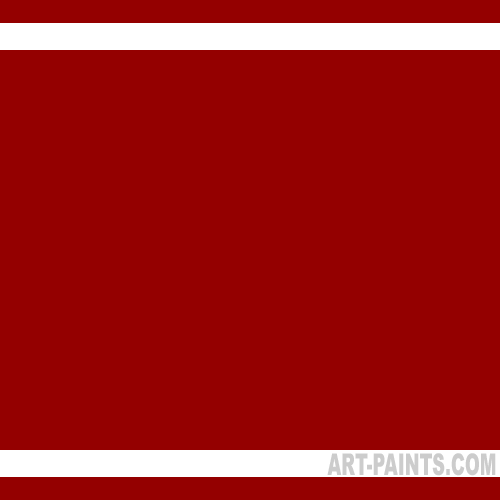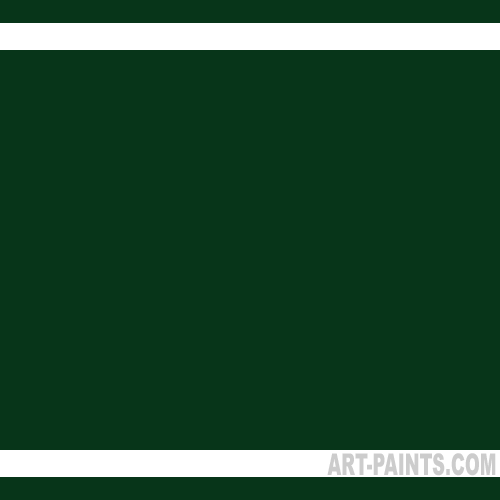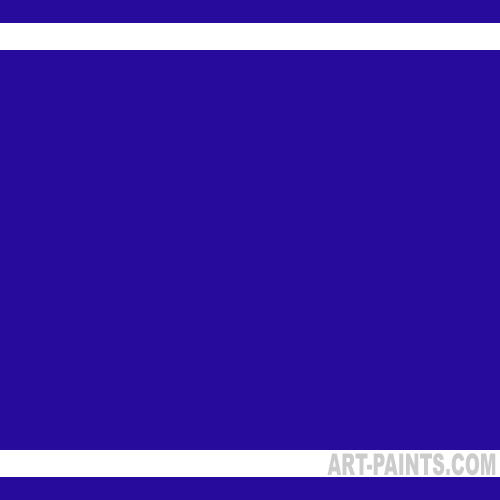Many beginning artists have the mistaken notion that once you put watercolor on a support, you’re stuck with it.
That’s just not true. If you make a mistake or change your mind, you can usually remove enough of the pigment to make your corrections.
Watercolor really is forgiving, if you know how to approach it.
Mistake Or Serendipity
One of the great things about watercolor is allowing the paint to take you on an unexpected path. If you’ve just splattered a big drop of paint on your paper, take a breath and run with it. It may lead you in an entirely different direction and you’re on your way to a different sort of painting than you originally envisioned.
We all have little vignettes in our mind of how we’d like a painting to look. However, if you free yourself of preconceived notions and use mistakes to your advantage, you’re already on your way to becoming a spontaneous painter and a creative artist.
Stand back, squint your eyes and take a second look at your painting. It may be that what you consider a mistake can be incorporated into your painting. If it’s unexpected drips or specks, repeat them so they blend and make sense in the piece. Perhaps further painting in the area will subdue or downplay the error.
If you really think that your piece will be better without the offending paint, there’s a good chance you can salvage your painting.
Removing Wet Watercolor Paint
If you immediately see that you’ve erred in your painting, you can quickly daub up the wet paint with a paper towel. Then use clean, wet toweling to dab up the remainder of the pigment from the paper. Don’t scrub or rub your paper, but simply continue using wet, clean sections of the towel until the support is as clean as it can be. Allow the support to dry and see if the area is clean. If it’s still too obvious, you can try again with the same procedure.
Removing Dried Watercolor Paint
Perhaps you’ve changed direction in your painting, and you’re now not pleased with something you’ve painted. It’s dry, so what can you do?
If you scrub the support, you’ll damage the surface, and it will become fuzzy. This is especially true if you’re using inexpensive watercolor paper. High quality, heavy watercolor paper is able to stand more abuse, but damaging the surface of the paper can give your painting a different appearance that may be undesirable.
Wet the area with clean water and allow it to soak a few moments. Use the blotting method with clean paper towels, and continue to wet the area to remove more pigment. If there’s still too much color, and you’re using a heavy, durable paper, try gently scrubbing the surface with a slightly stiff paintbrush that’s dipped in clean water. Continue applying additional water, scrub and blot. You’ve roughened the surface a little, but if you’re careful, the area can be repainted.
It depends on your subject, style and color choices whether a marred area of paper is acceptable. If you’re doing a painting with delicate, translucent washes and pale colors, any change in the surface of your paper will stick out like a sore thumb.
However, if you’re painting something dark, with lots of shadows and scumbling, the marred area of the paper may just blend in with the look of the piece.
Save That Paper For The Next Painting
After mulling it over, you decide the whole painting is a disaster. If you’re a starving artist, you really don’t want to toss that expensive paper in the trash. Just stick the whole paper in a basin of water and soak out as much of the pigment as you can.
Some paints will easily soak out of the paper. However, staining pigments like Alizarin Crimson, Hooker’s Green and Phthalo Blue will never totally disappear from your paper. There will always be some remaining shadow from staining colors.
Once you’ve removed as much of the color as possible, you’ll need to re-stretch the paper. You’ve also removed any sizing from the sheet, so it will likely be more absorbent than a fresh sheet of paper. Depending on how much color remains on the page, you may want to use this reclaimed paper for a dark or colorful piece, as delicate, pastel colors may not cover up the shadows.
Here’s another way to recycle that failed watercolor. If you dabble in mixed media, you can use this ruined painting as a base for your next experiment in multi-media expression. Use acrylic and collage to create something entirely different. Acrylic is more opaque, and you can use tissue paper, colored paper and other craft or household bits and pieces to produce a completely new painting.
Don’t be too concerned when you wind up with a painting you’d like to throw on the trash heap. Mistakes are necessary in any sort of learning, and you can use them as opportunities to hone your craft. You’ll be a more adept artist because of your perseverance, and you’ll save money by reusing your expensive watercolor paper.


